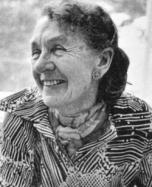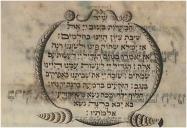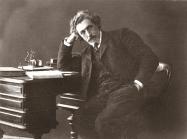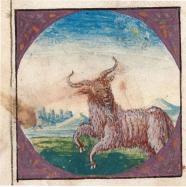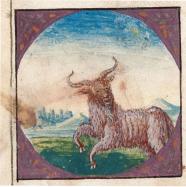(379 results found)
Bessie Schonberg
… Bessie Schönberg was born in Hanover, Germany in December 1906, the youngest of three girls. Her … then an engineering student, while studying music in Germany. When Bessie Schönberg was very young the family …
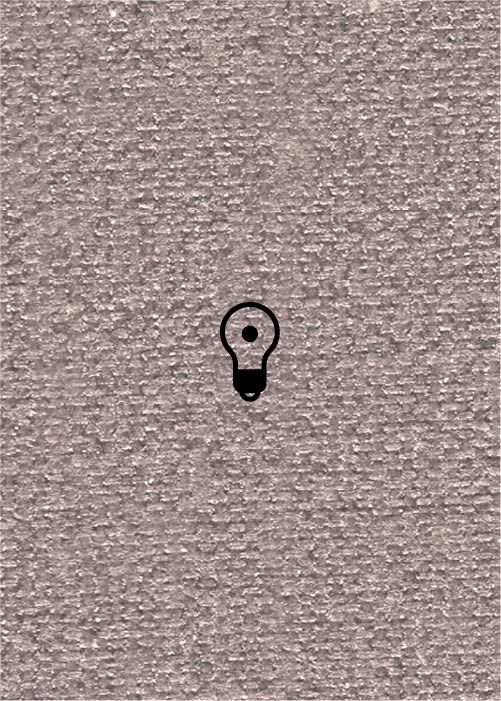
Bazetsens (LKT)
… pp. 178-81 . “The [ badkhn’s ] song was in verses of good German and sung with musical accompaniment... The melody to …

Zay gezunt (LKT)
… the day following the wedding, is called the Rumpel (from a German word meaning tumult) and is marked by specific …

Dobranotsh (LKT)
… the day following the wedding, is called the Rumpel (from a German word meaning tumult) and is marked by specific …

Joel Rubin Jewish Music Ensemble: Beregovski’s Khasene
… Liner notes … 7 … 34073 … 17-24 … Mainz, Germany … SM 1614-2 … Welt Musik … … 1997 … Jewish wedding … …

The Epstein Brothers: A Century of Yiddish-American Music
… Century of Yiddish-American Music … 34076 … 16-26 … Mainz, Germany … SM 1611- 2 … Welt Musik … … 1995 … Eastern …
Shir hama’alot - The umbilical cord between liturgical and domestic soundspheres in Ashkenazi culture
… Jah r. Frankfurt a M.: Verlag J. Kauffmann. 1912. p. 33. … German-speaking Jews often used melodies from synagogue … of the yearly cycle was a widespread musical custom of German-speaking Jews. [2] In many ways this usage emphasized … By the second half of the twentieth century, when many German Jewish liturgical traditions fell into oblivion, the …
In Zaltsikn Yam - A Yiddish Workers' Song
… socialist and anarchist sentiments, along with occasional German cabaret and a few originals. He has been vocal of the …
Had Gadya in Israeli Culture
… so forth. Below is an excerpt of the song as printed in a German Haggadah (Hamburg-Altona, 1751) followed by a more … version the song appears in Aramaic with a Yiddish-German translation (in Hebrew characters). This Yiddish-German version was studied in detailed by Chone Szmeruk …
Had Gadya
… dog, and so forth. An excerpt of the song as printed in a German Haggadah (Hamburg-Altona, 1751). A more modern … version the song appears in Aramaic with a Yiddish-German translation (in Hebrew characters). This Yiddish-German version was studied in detail by Chone Szmeruk …



